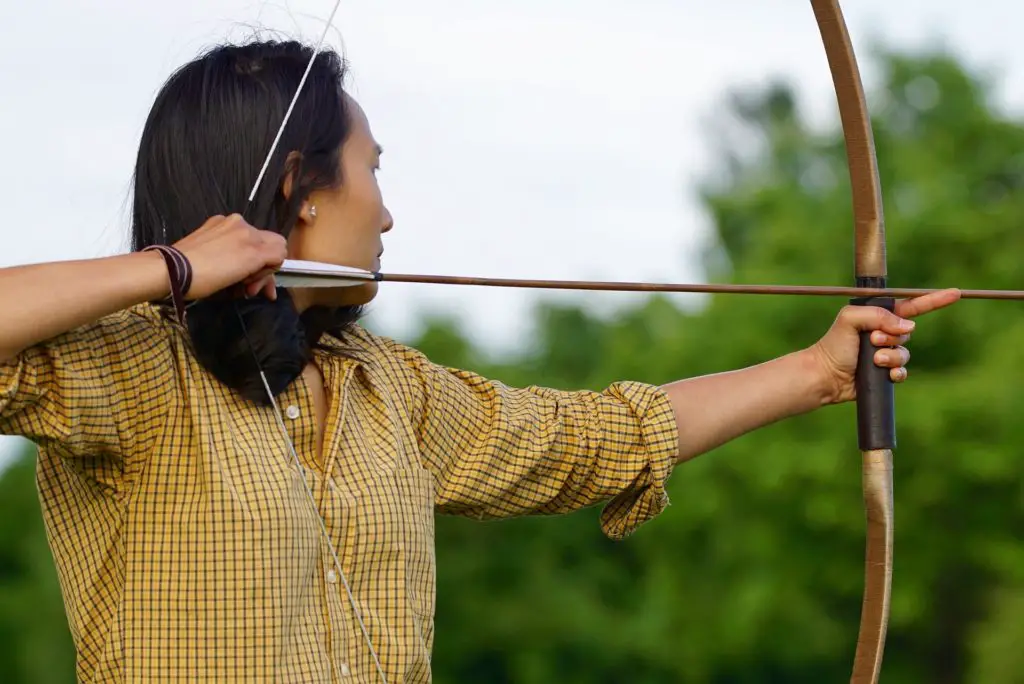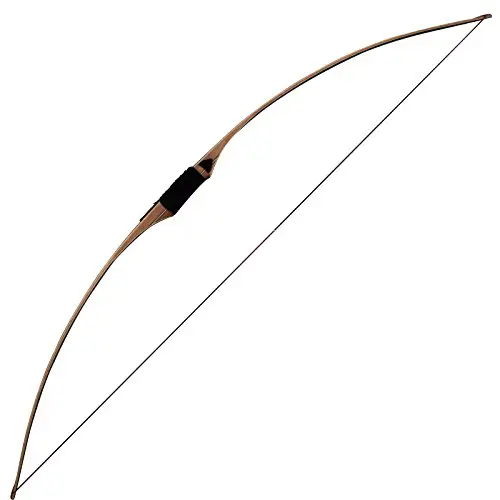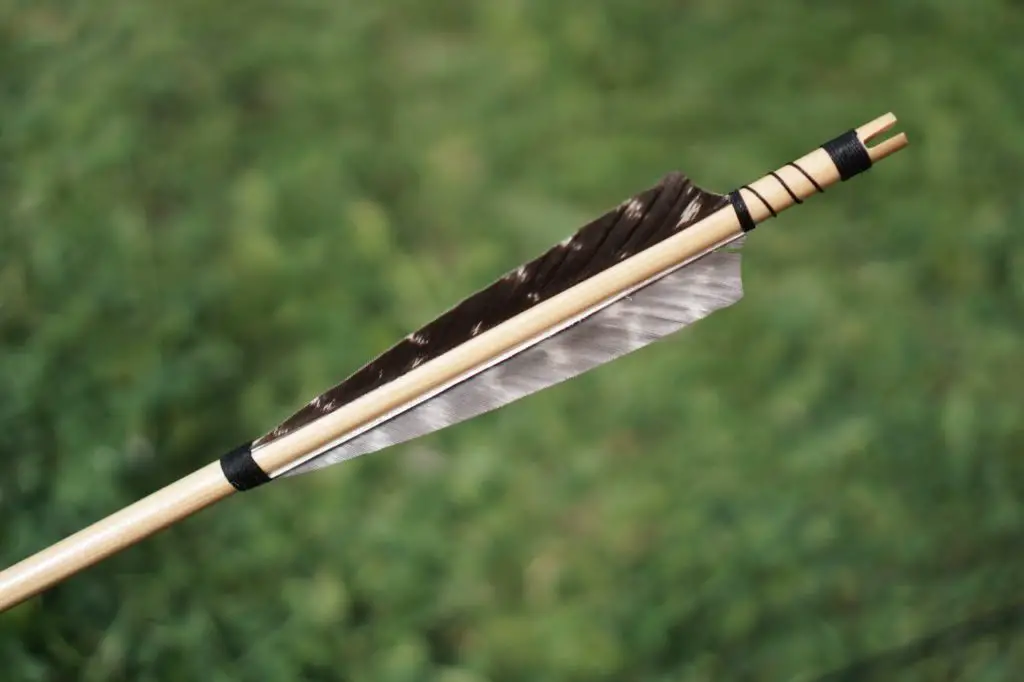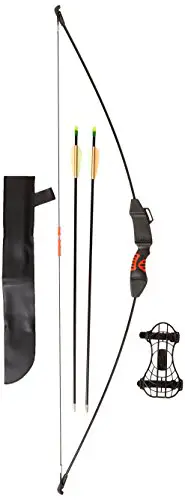Archery and wooden recurve bows have been a part of mankind’s story dating back to eighth century B.C., and even has mention in the Book of Psalms. Before firearms were used as weapons of war, wooden recurve bows were widely used as methods of protection from Europe to North America and almost every region in between.
While many of the recurve bows throughout history have been made of various material composited together, wooden recurve bows have withstood the test of time and are still used by many archers today.
Types of Wood Used

Wood was a natural choice for archers of the past when constructing their recurve bows due to the availability of material and flexibility of different types of wood. There is a variety of wood types used to make wooden recurve bows and also composite bows that include wood. The most popular wood varieties are:
- Yew: Yew wood is well known for recurve and long bows. The yew tree is a coniferous tree with wood similar to pine but is very elastic. Yew trees can have a twisted appearance about them which can make it difficult to find a satisfactory piece for bow making.
- Hickory: The hickory tree is a deciduous and versatile tree that has many uses today. Hickory wood is a hard stiff wood that has been used to make bows since the Native Americans of North America. Hickory trees are plentiful, especially in the southern portions of the United States.
- Ash: Ash trees are very common and plentiful around the world. Their medium to large size trunks and availability make them a great candidate for bow making. Many products from baseball bats to recurve bows are made from ash.
- Walnut: Walnut trees are deciduous trees most commonly found from North to South America. Walnut wood is usually considered one of the most attractive wood options for bow making since walnut can be polished up to be very smooth. It is used in carving to make furniture as well as gun stocks and other products.
Why Wood?
With all of the different options out there for archery and recurve bows, what are the advantages of wooden recurve bows?
One of the first noticeable difference between a wooden recurve bow and other options is that a wooden recurve will typically weigh less. This might not seem like a huge deal, but if you plan to shoot for extended periods of time the lighter weight will be an advantage to you. Bowfishing is a great example since most of the time when bowfishing you will need to be holding your bow for long periods of time, and have the ability to be mobile and move frequently.
This brings up the next advantage, while not always the case, usually if a wooden bow is dropped in the water it will not immediately sink. This may pertain mostly to bow fishermen, but it can also be a benefit to anyone who might cover wet terrain such as creeks or rivers.

Wooden recurve bows can also be more pleasant to handle in cooler climates or cold weather than metal or other material. This can be an advantage in hunting situations or where archer comfort allows more focus on arrow placement.
Original Recurve
Wooden recurve bows are still here today and remain a part of archery even with new technological advancements and equipment for a reason. If you enjoy a warm comfortable feel to your bow, then you may want to consider giving a wooden recurve bow a shot.
For More Information Regarding Some Of The Best Recurve Bows Ever Made, Check Out Our Recurve Bow Buying Guide!





